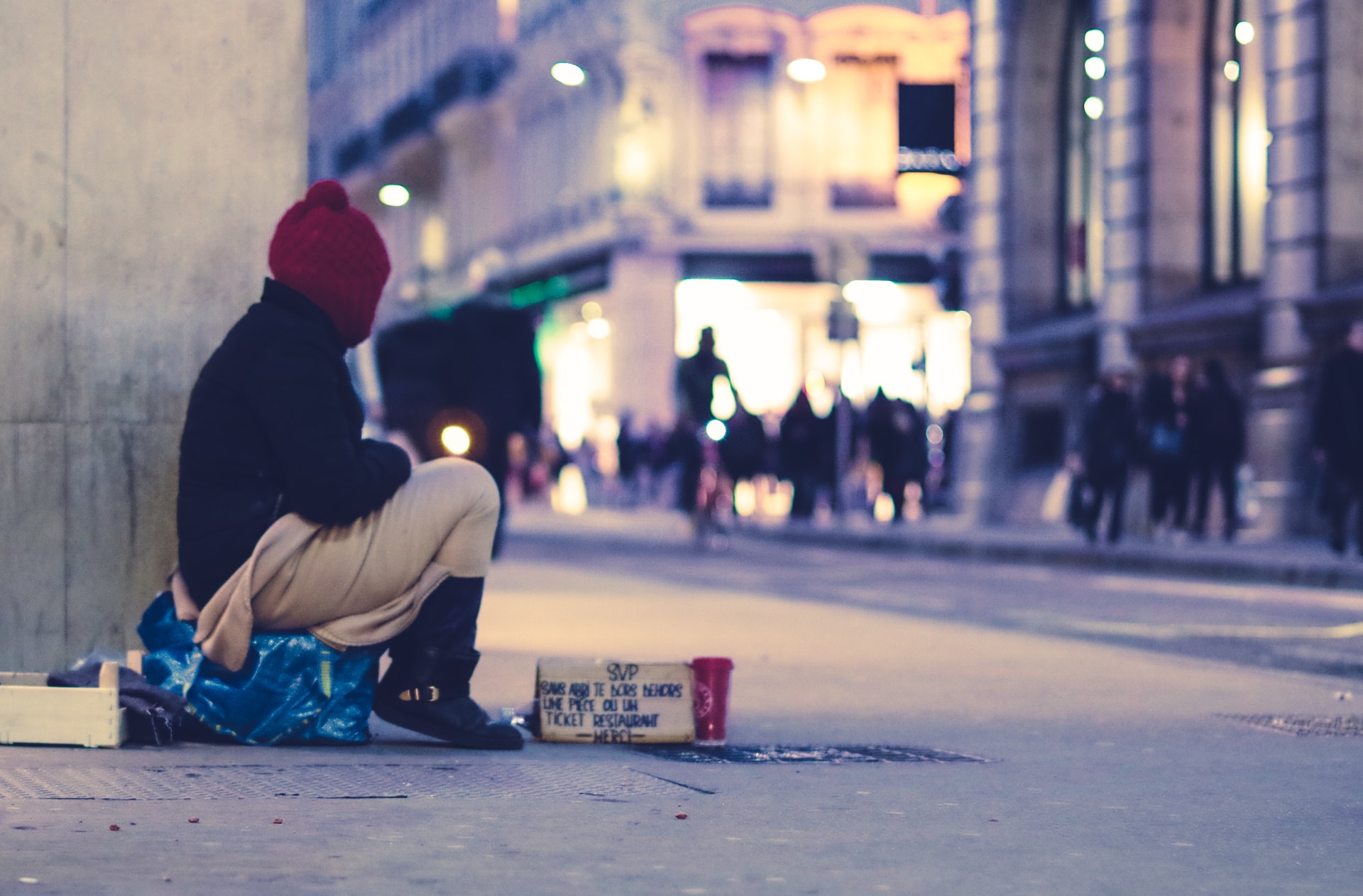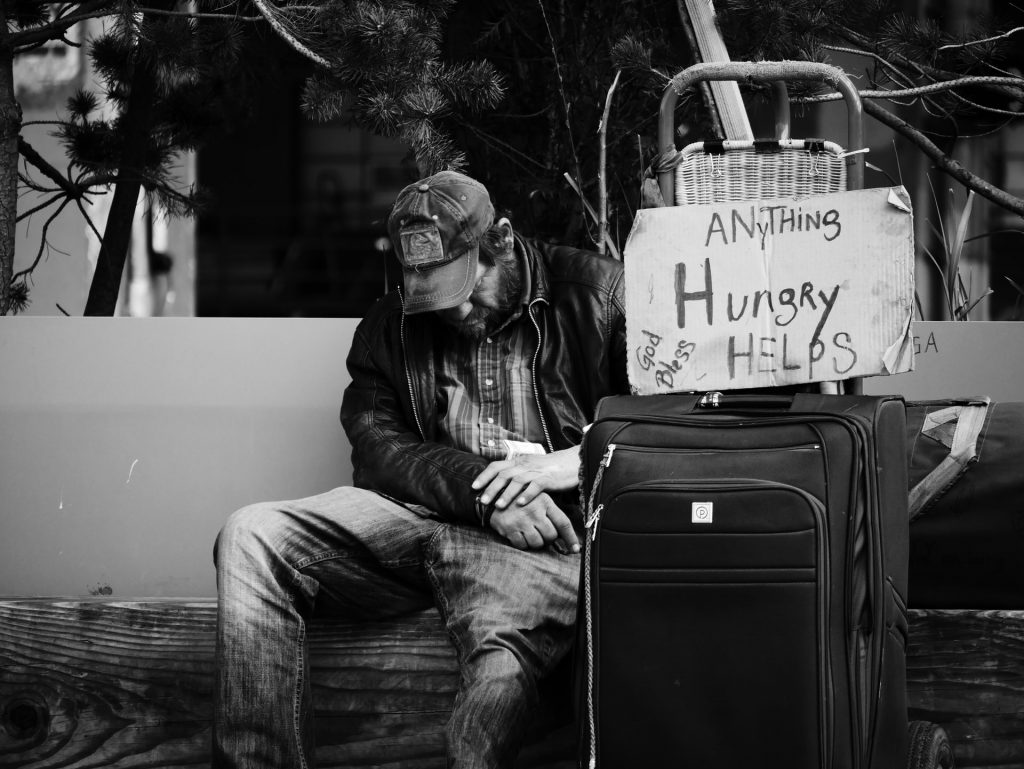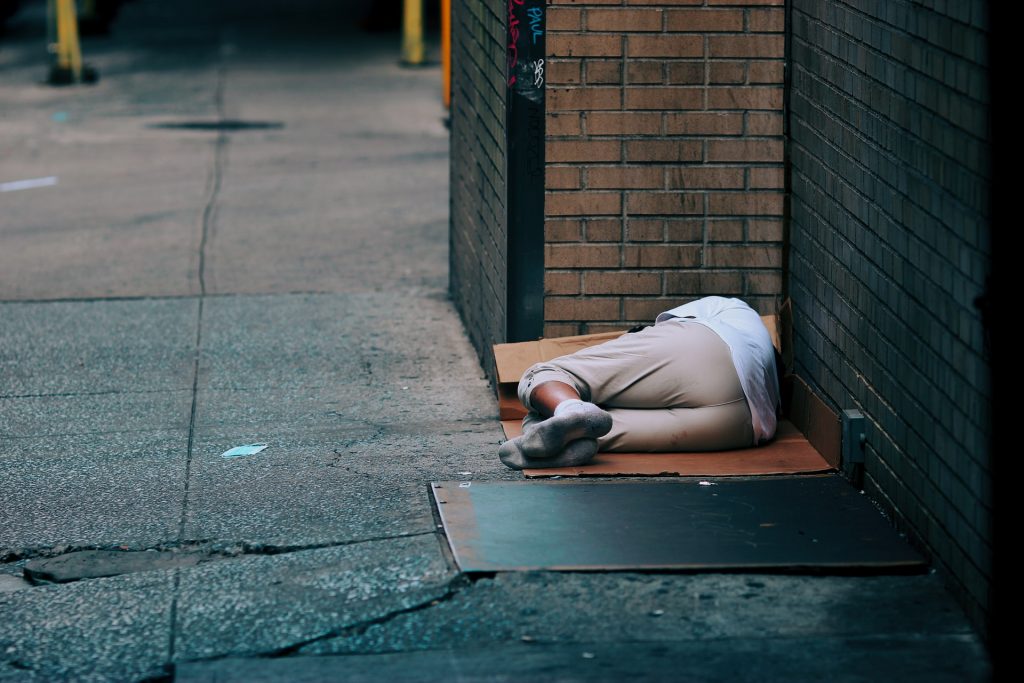
30 Apr Homelessness After Reentry Leads to Higher Recidivism Rates
Rehabilitative programs have been a focal point for penal reform over the past decade. New initiatives like the First Step Act and the Second Chance Act aim to help incarcerated people reintegrate into society after release. Homelessness after reentry remains one of the biggest obstacles for formerly incarcerated people, though. Without a safe place to live, many end up back in prison.
Formerly incarcerated people are far more likely to be homeless.
There are many barriers that impact people after their release from prison, from disenfranchisement to job discrimination. Data from 2018 shows that homelessness is one of the most significant. In fact, formerly incarcerated people are almost 10 times more likely to be homeless than the general population. Both Black and Hispanic people are more likely than white people to be homeless after release.
For women, the rate of homelessness is even higher. While formerly incarcerated women are more likely to be homeless, they are also more likely to have access to a shelter than formerly incarcerated men. One of the reasons is that while homeless shelters house men and women; women’s shelters refuse male occupants for safety reasons. This limits options for formerly incarcerated men.
Homelessness after reentry puts formerly incarcerated people at risk. Without safe housing, they may not receive proper treatment for addiction or mental illness. Living without a home also makes it more difficult to secure and maintain employment. These things ultimately increase the risk for recidivism. Not surprisingly, people who spend time in prison more than once have a higher rate of homelessness than those who have only been to prison once.
During an interview, Rachel Schuyler explained the uphill battle that formerly incarcerated women face. “Once you’re in the system, even though I got time served, and I have—I’m done, I’m not on probation, I have—my cases are finished, I’m still going to be punished for up to the next 10 years … I can’t get a place to live, or it’s going to be difficult for me to get a job … I have done my time … but now I’m screwed.”
The cycle of homelessness and incarceration can turn one mistake into a lifetime struggle.
When formerly incarcerated people cannot find a place to live, they’re more likely to get arrested for non-violent crimes like trespassing. The Texas Criminal Justice Coalition points to the criminalization of homelessness as a major factor impacting recidivism. According to their findings, homeless men made up 40% of all arrests for non-violent crimes. They were five times more likely than the general population to be arrested. The report concludes that “homeless ordinances are ineffective, expensive, and a violation of one’s civil and human rights.”
The same report showed that, after arrest, homeless people are less likely to appear in court or pay fines connected to their arrest. This puts them back in the system, effectively criminalizing poverty and homelessness after reentry. The researchers explain that “formerly incarcerated individuals experiencing homelessness are particularly vulnerable to continued justice involvement … for failure to abide by the conditions of probation or parole due to lack of transportation, inability to maintain a stable address, lost or stolen property … and difficulty meeting regularly with supervision officers.”
Many communities believe that policing homelessness is necessary to maintain public safety. Unsheltered homelessness after reentry leads to increased rate of interaction with police. The Urban Institute found that formerly incarcerated people experiencing unsheltered homelessness were 13 times more likely to interact with the justice system than the general public. One way to combat this is to destigmatize homelessness and focus on shelter-first initiatives.

Homelessness after reentry is expensive for taxpayers.
Urban Institute studied justice-related costs in Denver and found that the cost of just one person stuck in the homelessness-jail cycle is about $4,000 over a 90-day period. The City of Denver estimates that the cost for 250 people experiencing long-term homelessness is $7.3 million per year. In Los Angeles, homeless populations account for more than $70 million in jail and booking fees. Reappropriating funds to house formerly incarcerated people would save taxpayers money, combat recidivism and help end mass incarceration.
Data from the Frequent Users Service Enhancement (FUSE) housing program shows how much money cities could save with housing first policies. Though the average person in the FUSE program costs the public about $23,000 per year, that’s roughly $16,000 less than the $39,000 in justice-related costs for non-participants experiencing similar situations. Beyond the money-saving aspects, housing first initiatives reduce recidivism by providing the necessary support for formerly incarcerated people. Some researchers say that it is the only proven strategy to break the cycle between homelessness and incarceration.
COVID-19 helped prove that cities can address homelessness without criminalizing it.
During the COVID-19 pandemic, cities changed the way they address homelessness. To limit exposure to the virus, many cities worked to keep jail and prison populations low. In Denver, police interacted less with people experiencing long-term homelessness and made fewer arrests during the pandemic. Though this reduced the number of homeless people reentering the system, it does not address other concerns related to unsheltered homelessness.
Formerly incarcerated people experiencing homelessness after reentry need programs that will provide shelter and necessary medical treatment. They also need access to mental health support. Among formerly incarcerated people, those with mental illness are more likely to experience homelessness and housing insecurity. Initiatives in New Jersey show that decriminalizing homelessness and providing mental health services can work. The introduction of alternatives to incarceration and community-based treatment centers has reduced prison populations by 37% since 1999.
According to Patricia McKernan, “the causes of homelessness after being released from prison or jail are both systemic and reflective of the extraordinary needs of people who are inevitably returning to the community. Successful models do exist for prisoners facing homeliness and warrant consideration for replicability.”
One of the models McKernan highlights is a program in Washington called the Reentry Housing Pilot Program. Through the program, more than 200 formerly incarcerated people received safe and affordable housing and support services. The program showed a decline in new convictions and readmissions to prison. She concludes that “[i]t is necessary to examine the experiences of homeless ex-offenders, the barriers they face, and the results of effective models of intervention…. The reevaluation of collateral sanctions and restrictive policies that result in homelessness … is a fundamental component of improving opportunities to end offender homelessness.”
Alternatives to criminalizing homelessness exist and deserve more attention from legislators.
Urban Institute put together a series of resources to help advocates and lawmakers evaluate alternatives to policing homelessness. In their most recent report, “Alternatives to Arrests and Police Responses to Homelessness,” researchers investigated the connection between unsheltered homelessness and recidivism. Like other justice reform initiatives popping up around the country, one of their key takeaways is that police must fundamentally change the way they interact with the homeless.
They recommend non-police responses to homelessness. The researchers also emphasize the importance of housing the homeless, rather than charging them with crimes and putting them back in the system. This mirrors recent efforts to decriminalize addiction and mental health. Given the correlation between homelessness after reentry, mental health and substance abuse, approaching homeless populations as people in need, rather than as criminals, could be a more productive approach. With support, formerly incarcerated people stand a much better chance at staying out of the system and succeeding outside prison.


